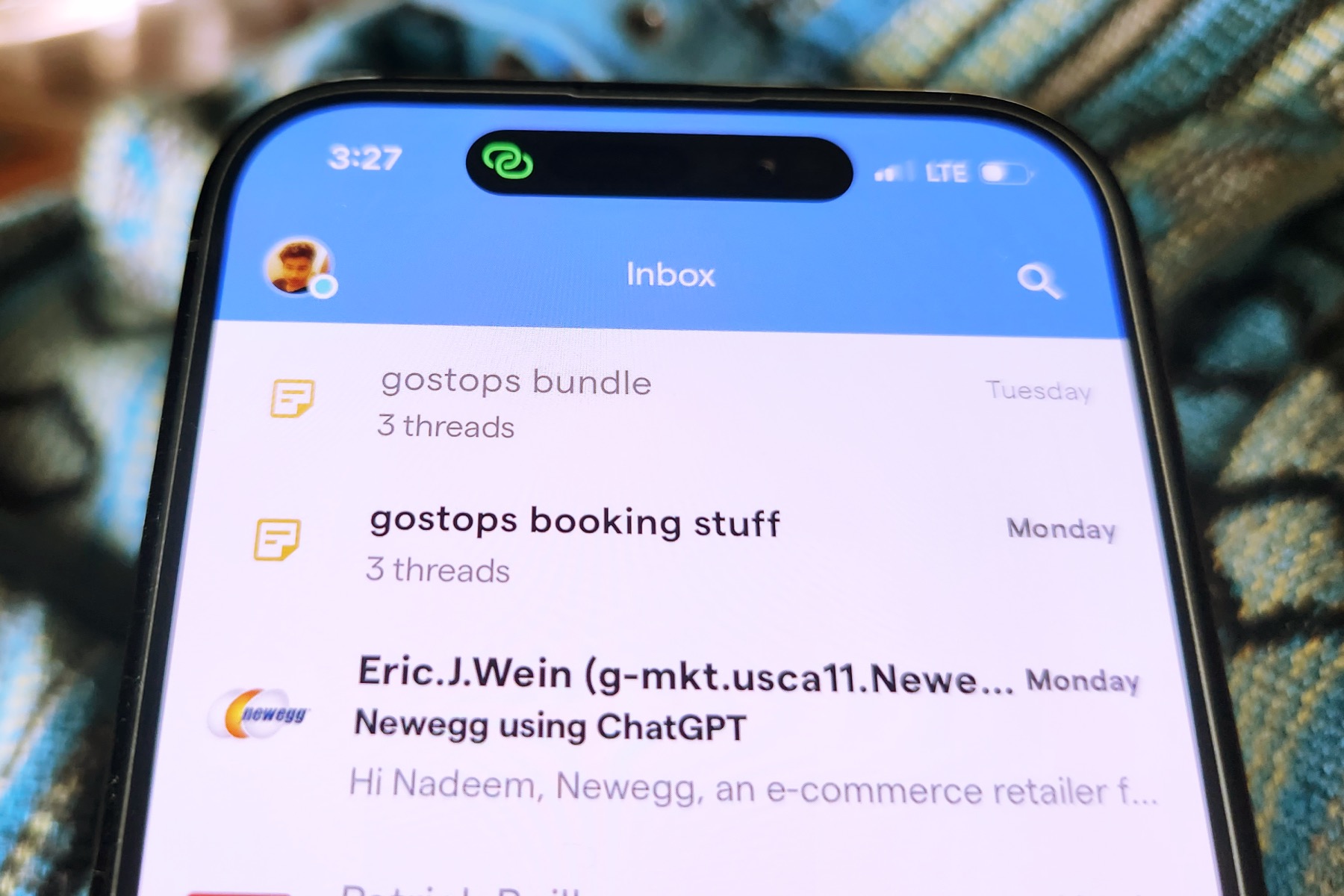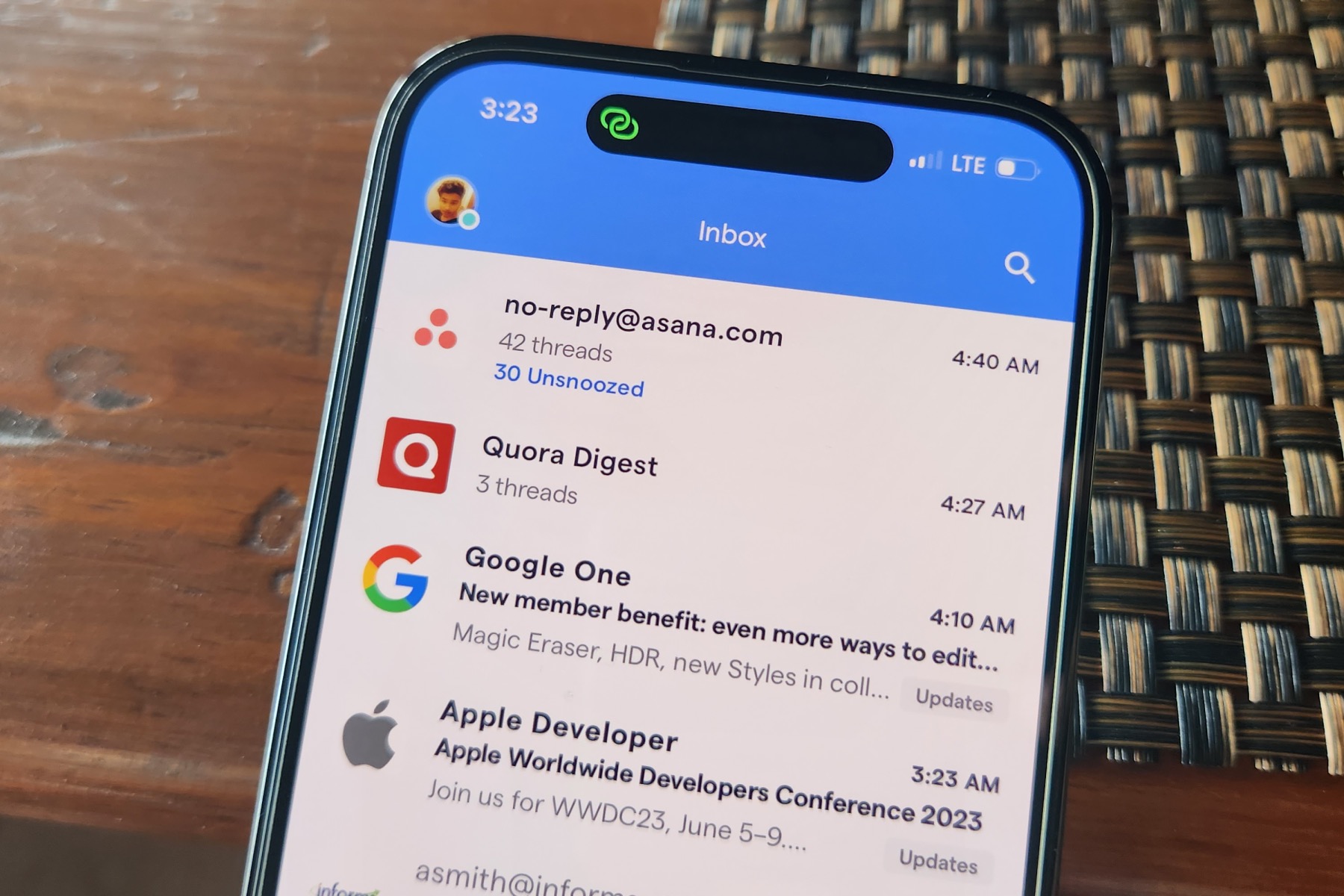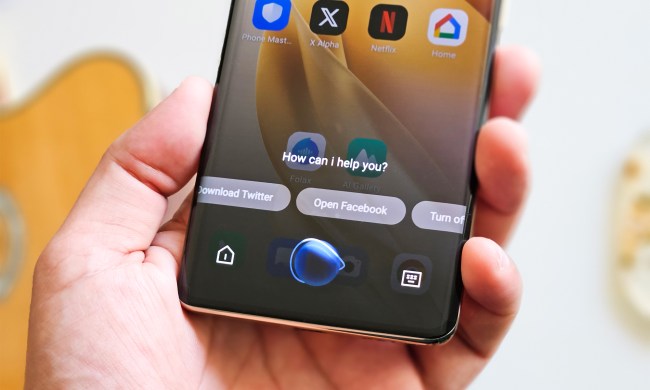I can write a few thousand words about how emails are the bane of my existence, but I have to sip the bitter nectar of my professional reality every morning as I open my eyes and tap on the barrage of Gmail notifications on my phone. It also doesn’t help that every single email client that I have tried so far, both paid and free, has promised me an inbox utopia, then underwhelmed me big time. In a nutshell, it’s a reality filled with the non-charming chore of managing an inbox that never shuts down.
That’s where Shortwave comes into the picture. It’s an email client that again claims to redefine how you interact with your emails. Just the way ChatGPT saves you the drudgery of sifting through web search results, and instead presents a summary of the best answer pulled from multiple sources, Shortwave does the same for long emails by presenting them in a condensed and concise form.
How an AI summarizes your emails
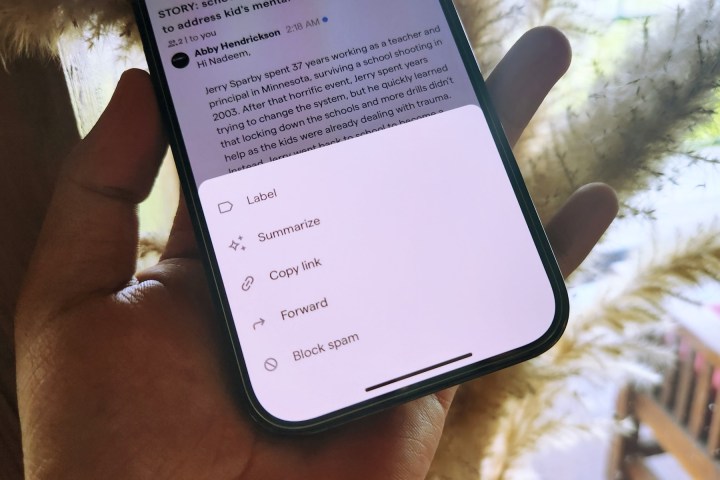
For a person who gets anywhere between 50 and 200 emails each day, this sounds like a godsend. It’s especially great for press releases, in which brands can start with anything from boring market insights to the metaphysical virtues of bad rival products, instead of getting straight to the point.
Shortwave’s AI summarizer feature relies on OpenAI’s GPT-3 language model, and it does a fairly impressive job of condensing long emails into a paragraph. The feature is currently in beta, but you can access it without any extra hassles on the iOS and desktop clients of Shortwave. All you need to do is open the email and tap on the starry AI summarizer icon in the top-right corner.
Think of it like ChatGPT, but for email.
Another noteworthy aspect is that the system also does the job of translation and then presents the summary in English. I tried sending emails with the content written in Hindi, Urdu, and Arabic — and got nearly accurate summaries of the text body. The model is occasionally altered with languages in which the script is written from right to left, instead of left to right, like in English.

It’s worth pointing out that the translation and summary weren’t incorrect, but I occasionally got AI-generated synopses in which the last sentence was incomplete. With some help from a professor, I also tested it with Persian and got a thumbs-up from him regarding the accuracy and abstract flow. Where it falters is language loaded with colloquial terms and local phrases, which the AI tries to translate directly instead of understanding the true meaning.
Next, I turned my attention to email formats. From product launch news and marketing emails to full-fledged email conversations with science experts, Shortwave’s AI summarizer again did an impressive job at capturing the core essence of the conversation.
Some hiccups, but a bright future

The feature is also limited by its very fundamental nature — i.e., shortening walls of text into a sweet, short paragraph. Let’s say you sent over a series of questions and got the answers, only to find that the AI-generated summary glossed over some of those answers. This is a tad risky, especially if some of the questions needed short “yes” or “no” answers, but held a lot of significance to the conversation.
In my case, I didn’t use the AI summarizer for such scenarios because I do want to go through each answer that I sought from the recipient. But there’s one feature that I wish Shortwave had.
Sometimes, you enter a conversation after a healthy bunch of emails has already been shared, and you wish that Shortwave could summarize the entire thread, instead of having to shorten every single email one by one.
But there’s some good news here. Shortwave co-founder and CEO Andrew Lee tells Digital Trends that the summarization system will soon be able to handle threads as well. In addition to shortening threads, another extremely cool trick coming to Shortwave is the ability to process attachments.
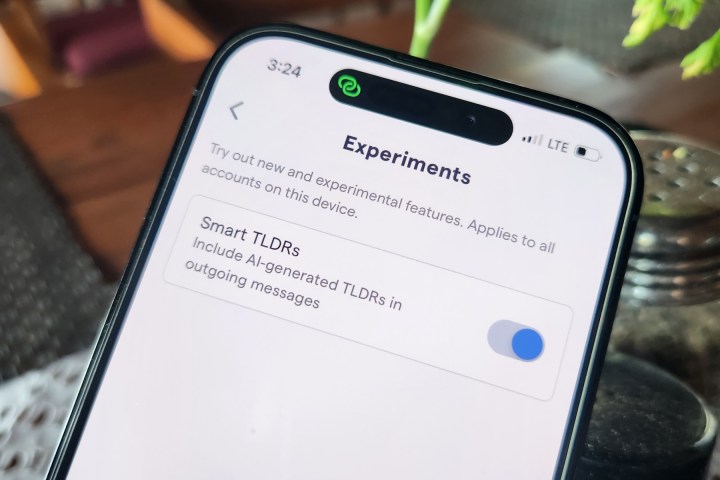
Microsoft recently showcased its copilot feature for Office products that can sift through attachments like Word and PDF files, and accordingly generate slides to summarize them. The company is also using OpenAI’s GPT infrastructure, and so does Shortwave, so there’s that. And the best part is that these summaries are shared alongside a forwarded email irrespective of the email client being used by the recipient. So, if you get a long email that your colleague also needs to be aware of, you can start by reading a summary of that email first.
Next, when you forward that email, the recipient will get all the original email content in their inbox. But as a neat bonus, they will also find an AI-summarized version of the email neatly presented in a box, irrespective of whether they are using Gmail, Outlook, or any other client.
How Shortwave reimagines your inbox
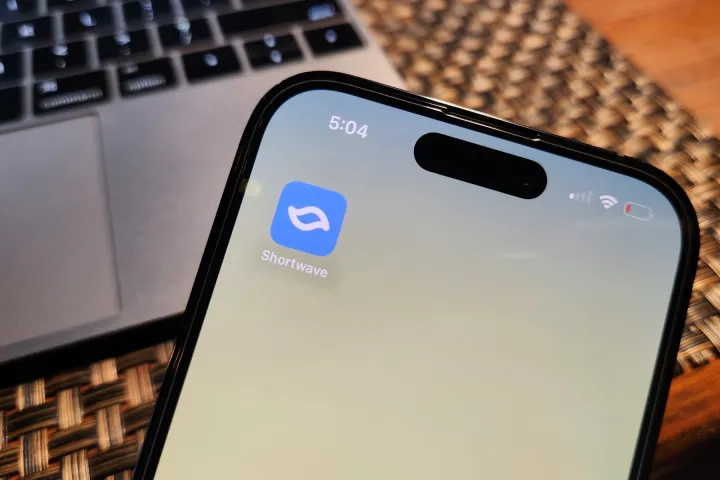
I spoke with Lee to get insights on how his idea is paving the way forward for a rewarding experience with emails, and how the AI wave is going to shape the journey ahead. Lee was formerly a director of engineering at Google after his cloud computing platform (called Firebase) was acquired by Google.
Lee tells me that within the next six months, Shortwave is going to add a healthy bunch of features. For example, a calendar integration is coming to Shortwave, allowing users to efficiently manage their scheduling within the email app without losing a few thousand brain cells. A prototype is currently under testing.
I asked whether Shortwave’s summarizer feature might one day be able to summarize multimedia files too, just the way it can process text. He responded that it’s possible since GPT-4 is multimodal. However, it’s unclear exactly when Shortwave is going to upgrade its AI tech stack.
Another neat feature that often flies under the radar is the automatic grouping of emails. This one is a lifesaver if you rely on task management software like Asana or Trello, which send a bunch of email alerts every time a change is made to tasks that you need to keep an eye on. Instead of seeing a whole list of emails from Asana or Trello, all these emails are neatly grouped in a single row, which really helps keep my inbox clean.
Going a step further, you can even control when such emails are delivered to you. If you swear by a good work-life balance and don’t want your off-work moments of Zen interrupted by these automated emails, you can set them to appear in your inbox only in a certain time slot.
For users like me working with a global team separated across multiple time zones, I absolutely love this feature. I had to rely on the snooze system in other email clients, but in doing so, I have also missed my fair share of automated emails that I should at least have been aware of as a collaborator.
A totally new way to think about email

One more area where Shortwave stands out is the app’s distinct approach to emails. Instead of treating emails as, well, emails, it imagines them as tasks and threads. And it actually works. So, let’s say you are working on a project that involves mailing six different collaborators that email you about project’s progress and logistics separately.
What if you could see all those emails related to a single project in one place? Heck, in one single horizontal bar? Shortwave does just that, with a single trap and drop. Just click on a sender, drag it over to the email from another sender who is also working on the same project, and you’re good to go.
And to help you make sense of these email groups, Shortwave automatically opens a text field for renaming the conversation so that you can identify the project. Coming to the emails-converting-to-tasks part, let’s say you have an email that needs your attention, but you just can’t take out time for it immediately.
Shortwave lets you pin it at the top of the email list with a single tap or click so that it’s always in your view. For emails that aren’t urgent and can be handled later, but you are concerned that you might miss, simply click on the snooze button and pick a day or time when you want to be reminded about it again.

And here’s the rewarding part. Instead of getting overwhelmed with a calendar and clock interface, just type something like “four hours” in the text field, and you will be notified about it after four hours. You can also go with something more casual like “lunch” or “evening,” and Shortwave will pick a slot for you.
Shortwave is a free app that is available on Android, iOS, and desktop. Notably, all the features you get on the $9-per-month paid tier are similar to the free tier. The only difference is that with the paid tier, you can access your email history beyond the preceding 90 days and also get priority customer service assistance.
